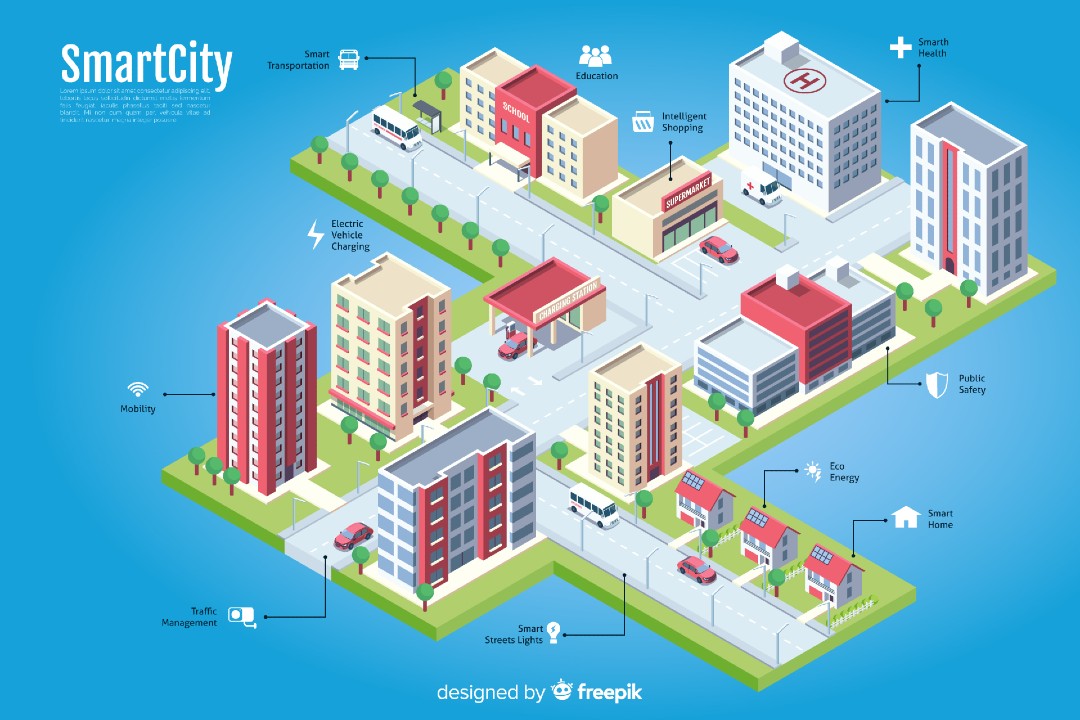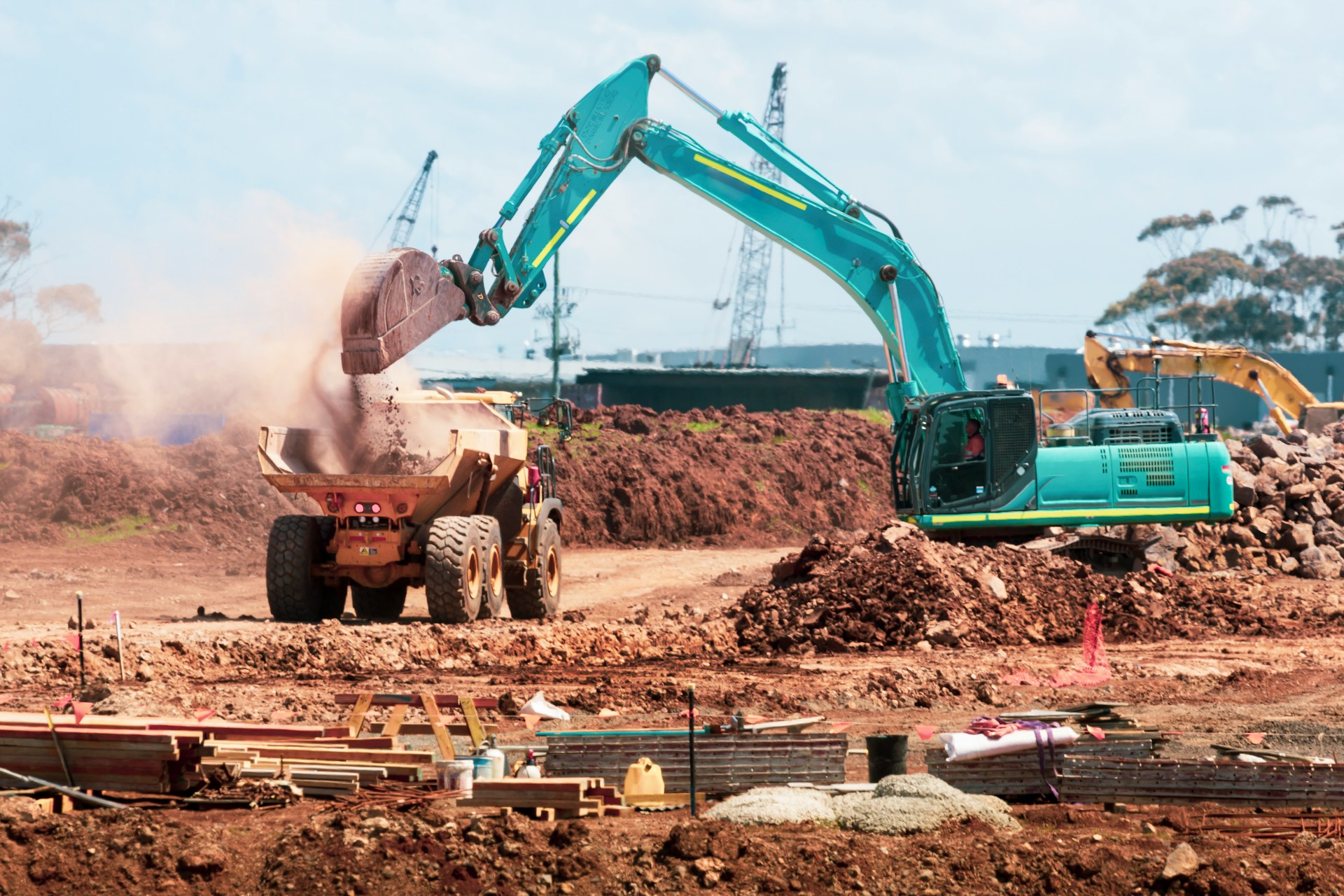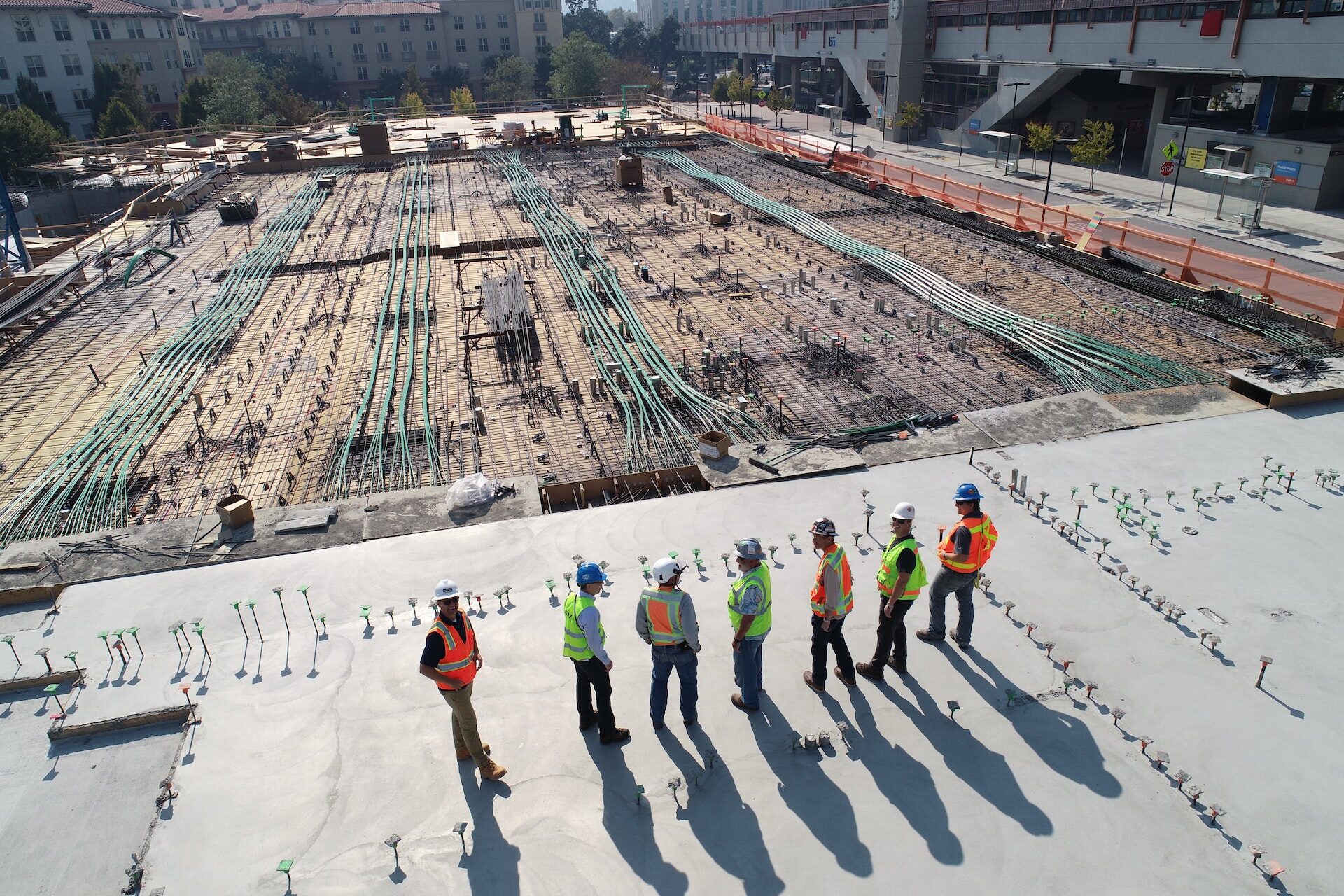
How to Develop Your Smart City Plan
December 16, 2020 - Emily Newton
Revolutionized is reader-supported. When you buy through links on our site, we may earn an affiliate commision. Learn more here.
Reshaping the present and the future, smart cities hold a great deal of power and potential. The primary goal for these cities is to innovate in progressive ways that help residents. From transportation to internet connectivity, a smart city must pave a path to an all-around better living space.
When developing a plan for a smart city, all levels of society must benefit. To achieve this status, planners, engineers, architects and policymakers must work together. Smart cities are only smart if they use technology in the right ways — meaning the effort to innovate a city requires all hands on deck.
The primary areas to work with are public health, mobility, the economy, the government, the environment, public safety and quality of life. The underlying idea is that the technology that goes into a smart city will connect this infrastructure. They should feed into one another and keep innovation on the rise.
However, this basis is just the beginning of a smart city plan. The technology that goes into smart cities — like sensors from the Internet of Things (IoT) — requires a foundation of data, a network and proper integration and usage. From there, the residents, businesses and communities can thrive.
Set the Stage With Data
Data is the key factor for bringing a city to its smartest potential. In any form, data gives experts and leaders the information they need to make adjustments to city infrastructure. For instance, phone companies use engagement data to see which features are the most popular. Taking this concept and applying it on a city-wide level will yield innovation.
A plan must include gathering, processing, storing and acting upon data. Gather data for almost everything in the city — traffic, internet connectivity, homelessness and access to resources like education and health care. Translating this data into action is crucial.
A new smart car, for example, will generate data that cities can use. Traffic speeds, usage and driving and timing will be useful for urban planners and engineers trying to optimize traffic flows. They can put IoT sensors on traffic lights to generate even more data. If they see ways to improve, they can act. A solution could be as simple as replacing traffic lights with a roundabout.
Other times, data will be more complicated to act upon — like with bringing more internet connectivity to residents who don’t have it. Regardless, data must be the foundation. Its versatility and overall applicability make it ideal to optimize infrastructure in a smart city.
The devices and systems that collect data will look different. Some will be IoT sensors and others will be more in-depth, like software for population tracking. Knowing how many people are in a city — as well as how many are homeless or in poverty — is where to start with data.
Enable a Strong Network
With a strong data foundation, a smart city plan must then incorporate the network. Data can’t operate without connectivity — either Wi-Fi or mobile internet. The sensors and software around the area will need to transfer the information, and quickly. Changes happen in-the-moment, and data needs a network that operates at the same speed.
As 5G becomes a reality in locations across the world, this new network generation pairs well with smart cities. 5G shows promise, even in its early stages of integration. The primary mobile phone carriers are exhibiting improved speeds in comparison to 4G. This improvement will ultimately translate to other devices that use data.
However, speed isn’t the only network concern when it comes to smart cities. While data must transfer in real-time, the network must also be able to carry an increasing number of devices. As more people use mobile phones and public works incorporate things like IoT sensors, the network takes on more and more responsibility.
Errors cannot occur on the network — so a smart city plan must account for that. 5G will no doubt bring more durability, but the city needs backup options, too. How widespread will Wi-Fi-based internet access be? Will connectivity be strong enough to serve many people?
Thinking of ways to improve Wi-Fi on top of mobile internet is a key way to make a smart city stand out. For instance, if a public safety emergency is unfolding, officials will need to respond instantly. With the right data and networks, they can locate the exact spot of the issue as it’s happening in real-time.
Integrate Devices and Systems
Once a plan nails down the right data and network setup, it’s time to integrate. This step involves seeing how each level of society will benefit from the technology. The key is understanding the needs of everyone in the city — from the most vulnerable to the average resident. Then, the integration will impact everyone and set the stage for future progress.
On a visible layer, the tech should make changes to the city that residents and tourists can immediately benefit from. For instance, high levels of traffic are inefficient, disruptive and sometimes dangerous. A smart city plan will involve IoT sensors to optimize traffic patterns. However, architects and civil engineers should work together as well to create better routes for transportation. That way, people can reach resources — like hospitals and schools — without traffic interruptions.
A lot of tech operates behind the scenes. Public safety, government officials and tech experts will be working to bring about positive change in their processes. They’ll need the right software for processing the data to do so. For example, policymakers should understand crime data. Which areas have high levels of illegal activity? What resources are missing from that area that residents need access to?
Then, tech experts will tie it all together. In a smart city that runs on data and a powerful network, residents’ and city information must remain confidential at all times. Cybersecurity of the highest caliber is necessary. Without it, cybercriminals can obtain secure information and potentially compromise communities.
A plan must account for each of these niches and levels. Without a well-rounded approach, a smart city won’t reach its fullest potential and not everyone will benefit.
Watch for Changing Trends
A critical factor that all smart city plans must account for is change. Change is inevitable on all levels. Public interests and needs fluctuate — health care is a main political topic as of writing this, but other needs like public transportation are starting to come into view.
Seasonal weather is another factor city planners should consider. Dangerous weather and natural disasters can occur at any moment. Will the network be able to withstand the conditions? Resources and services like EMTs and grocery stores must be ready. With the right systems and data, experts can predict local climate conditions and prepare accordingly.
Of course, changes happen that are harder to prepare for as well. The COVID-19 pandemic, for instance, has taken the world by storm. While it’s difficult to handle a worldwide situation like this one, having the right tools can make a difference. A smart city plan should draw inspiration from other smart cities. In the instance of the coronavirus, how are other smart cities handling it?
Singapore, for example, has used technology to track and prevent the spread of the virus with things like wearables and big data. The city also has a multitude of resources, like public housing and smart transportation. It’s a key example of how each layer of technology aids the others.
COVID-19 is also exposing what people need. With unaffordable health care and a lack of stimulus checks from the government, residents across the United States are demanding changes. It will be interesting to see how smart cities adjust in a post-coronavirus world.
The Human Factor
Though smart cities revolve around technology, the bottom line is that the people must benefit. Every step of the way and with each layer, residents and tourists should be gaining more access to resources, the internet and opportunities to thrive. Creating a plan that covers these necessities is how to bring about a fully smart city.
Featured Image Source: Designed by pikisuperstar via Freepik
Revolutionized is reader-supported. When you buy through links on our site, we may earn an affiliate commision. Learn more here.
Author
Emily Newton
Emily Newton is a technology and industrial journalist and the Editor in Chief of Revolutionized. She manages the sites publishing schedule, SEO optimization and content strategy. Emily enjoys writing and researching articles about how technology is changing every industry. When she isn't working, Emily enjoys playing video games or curling up with a good book.




